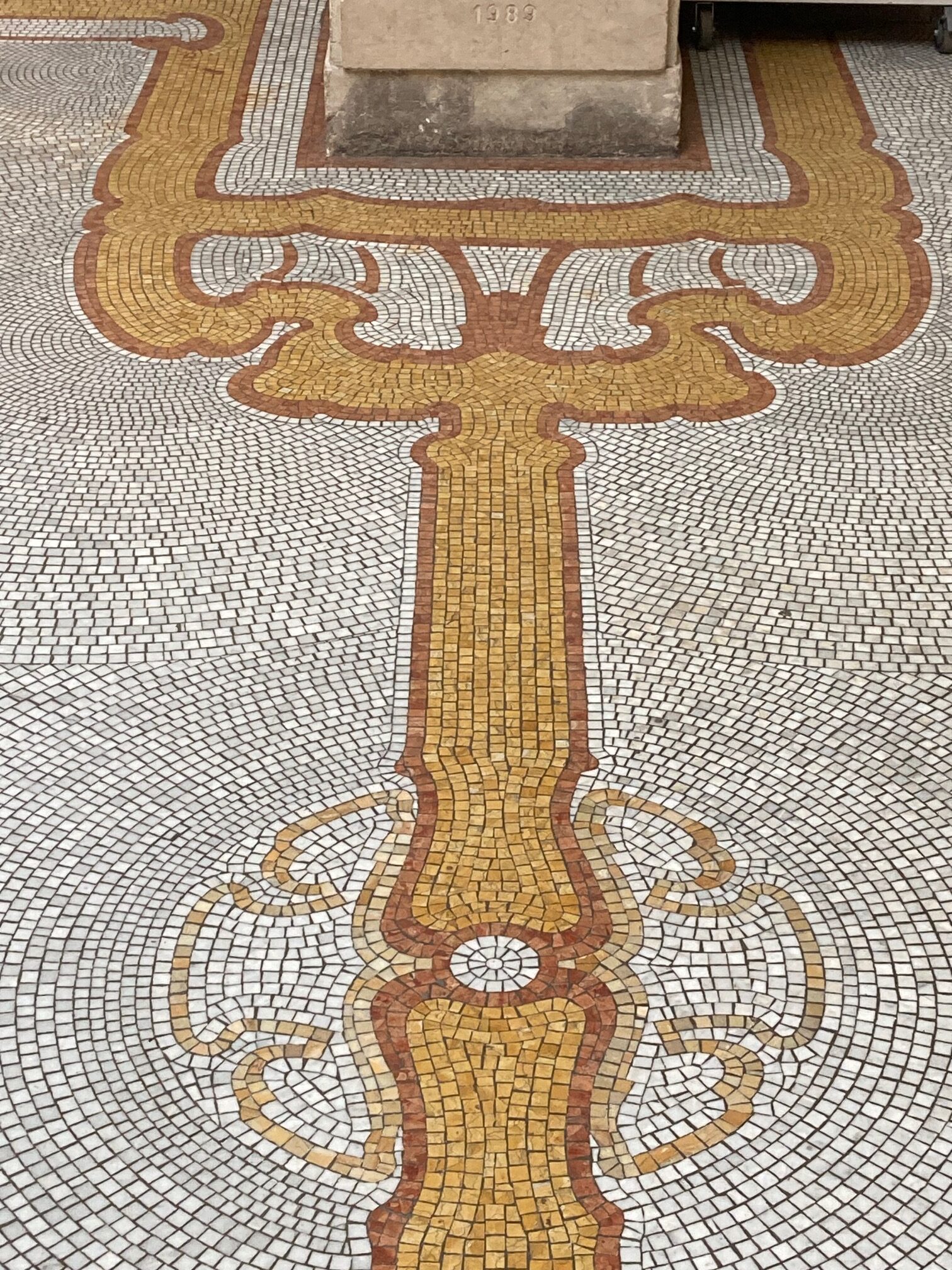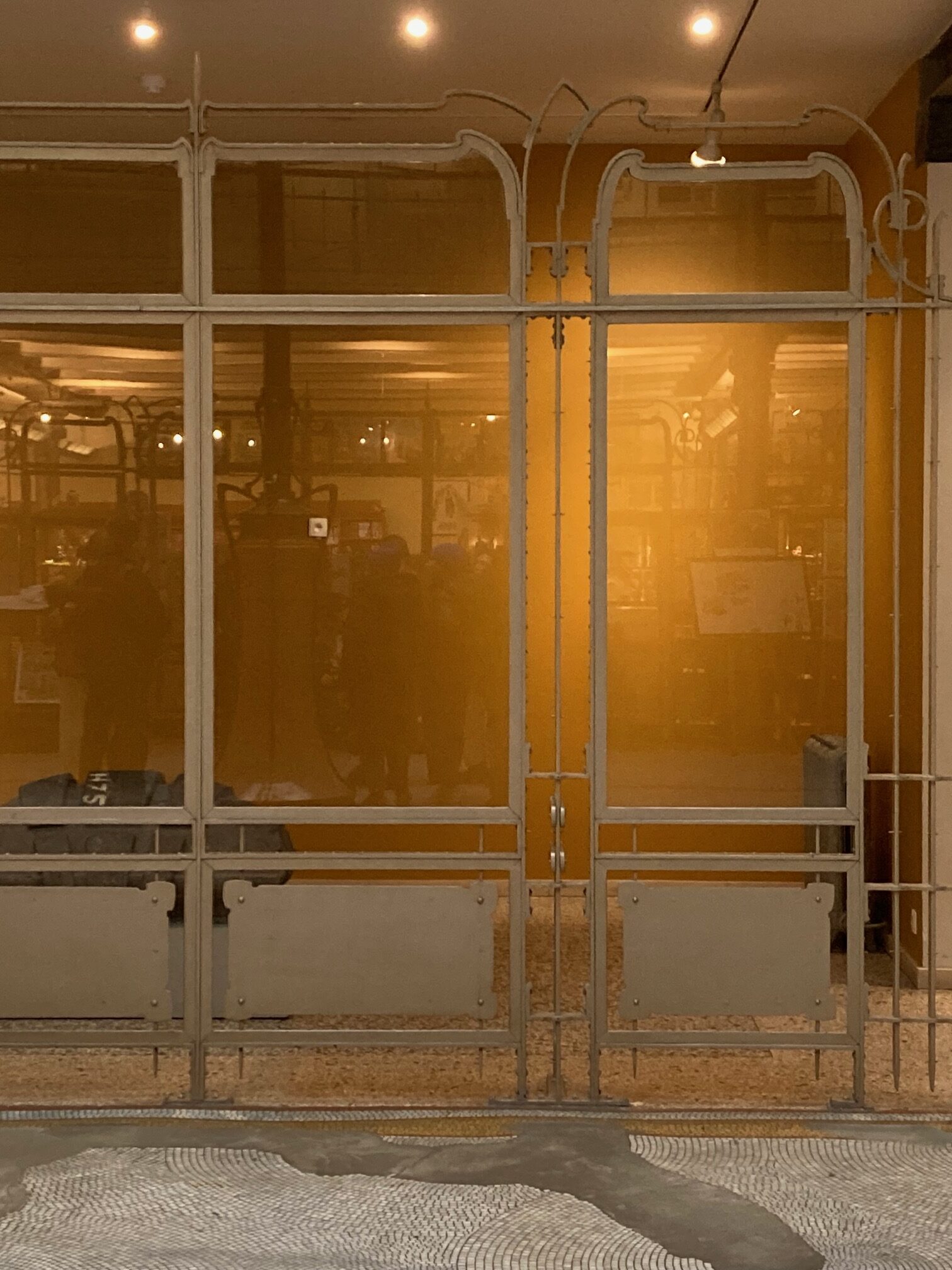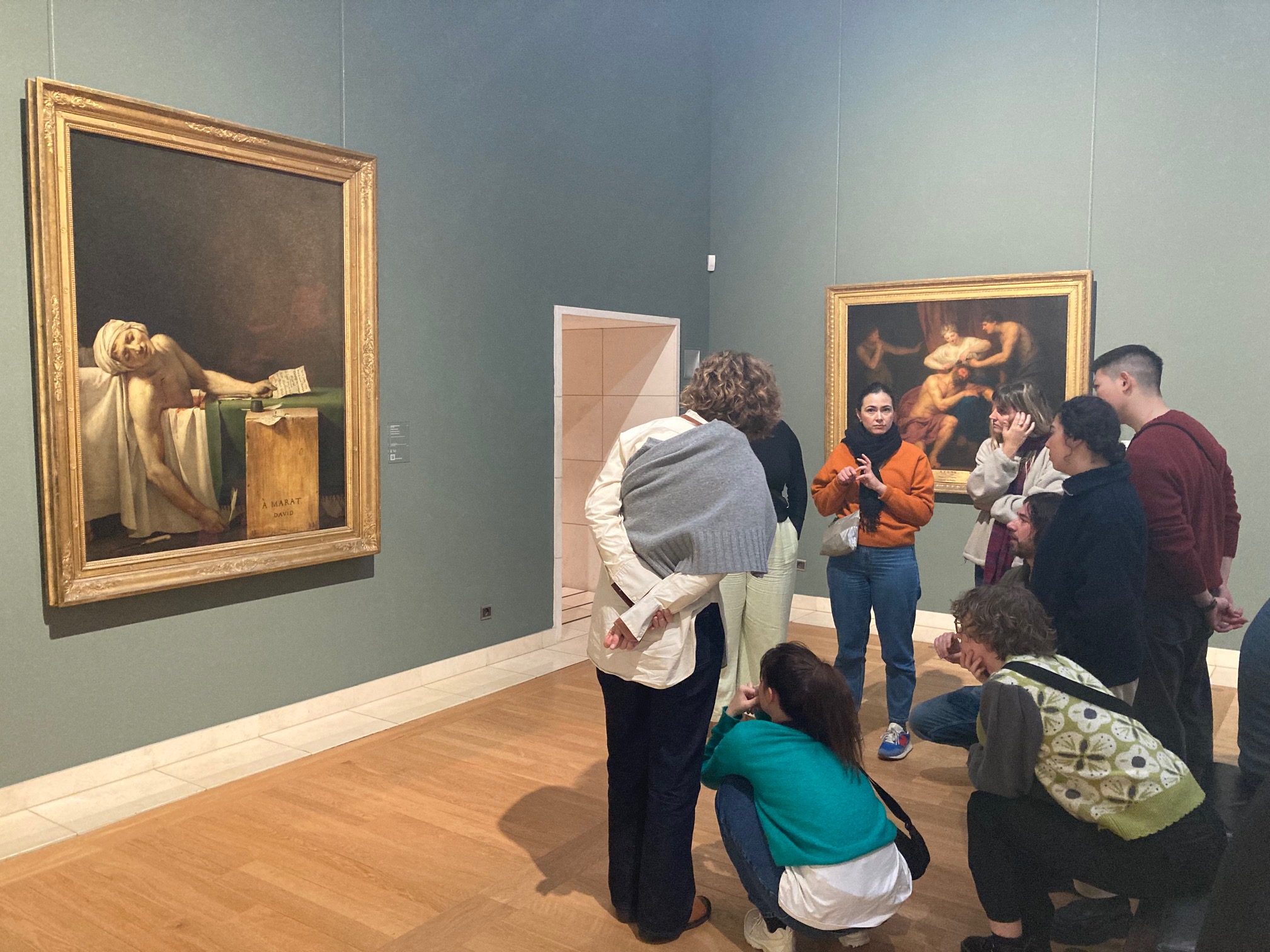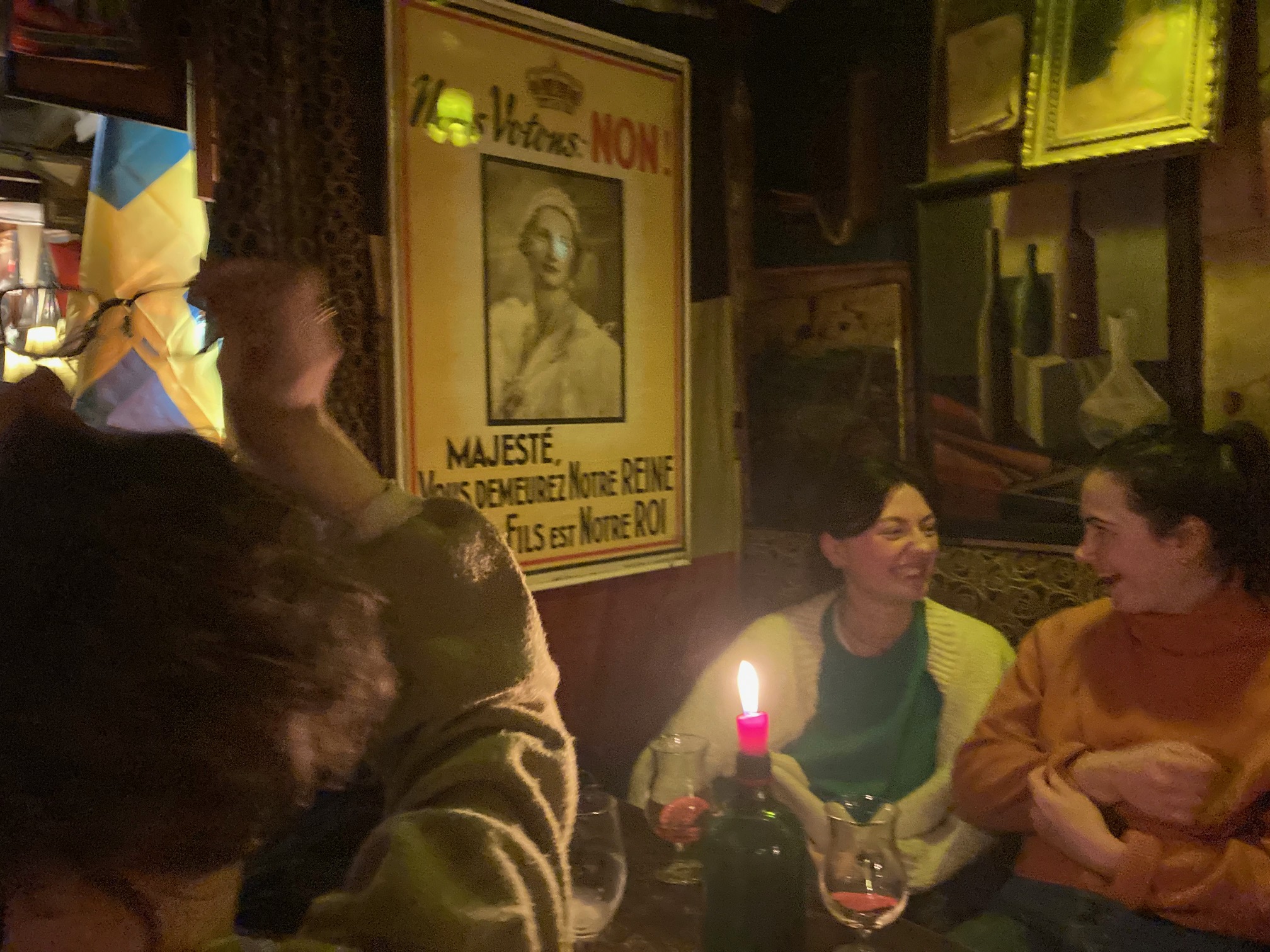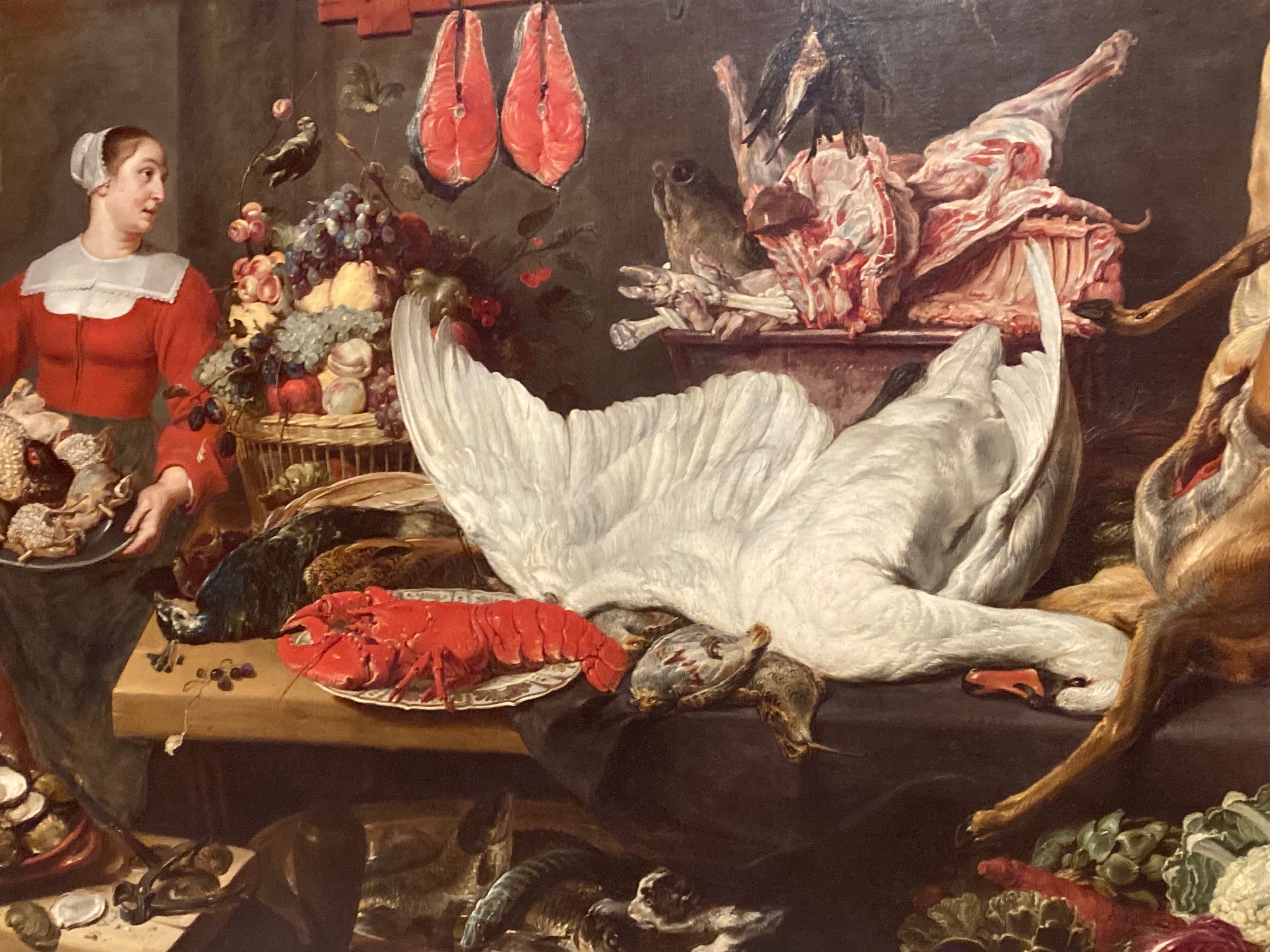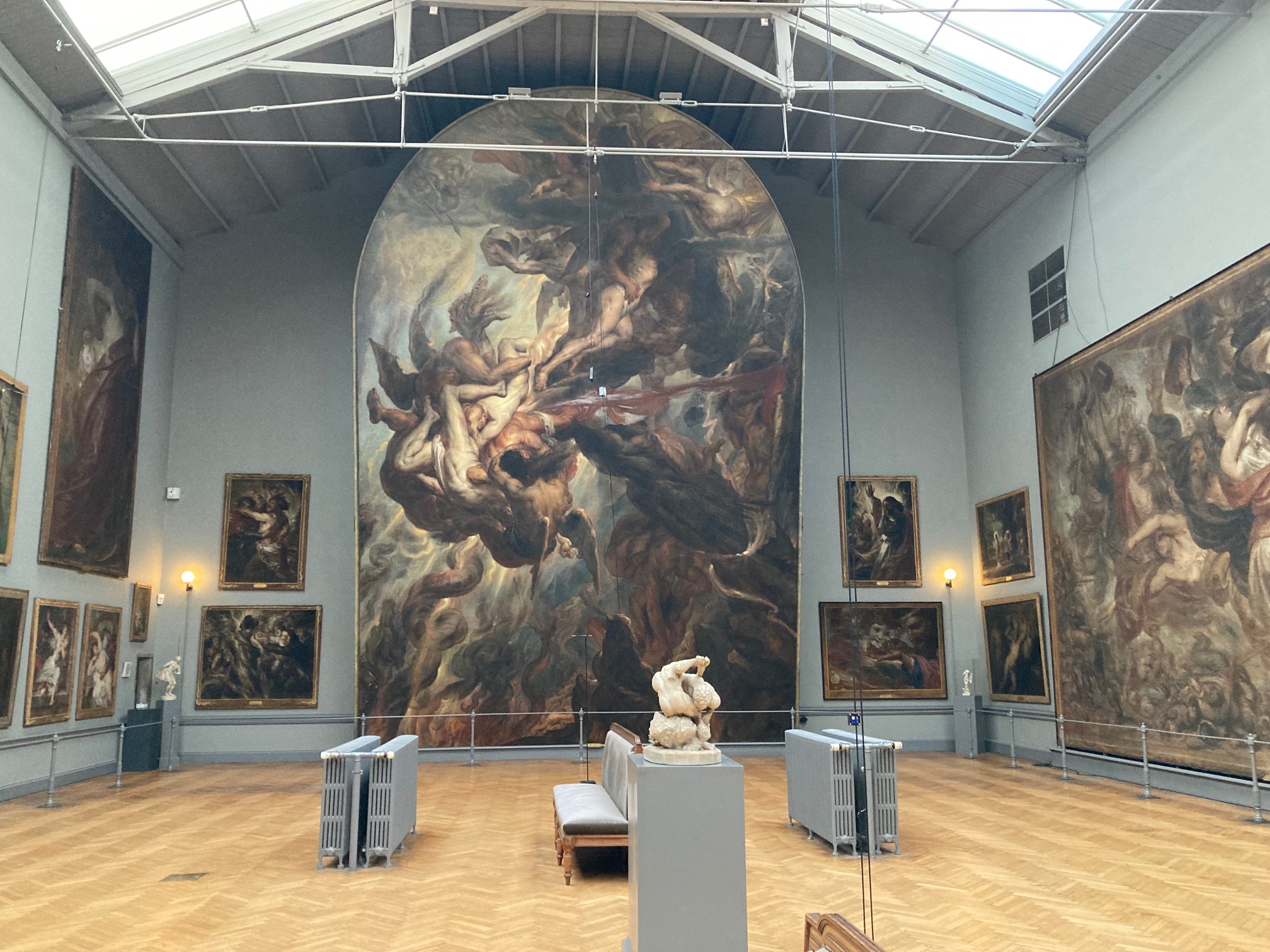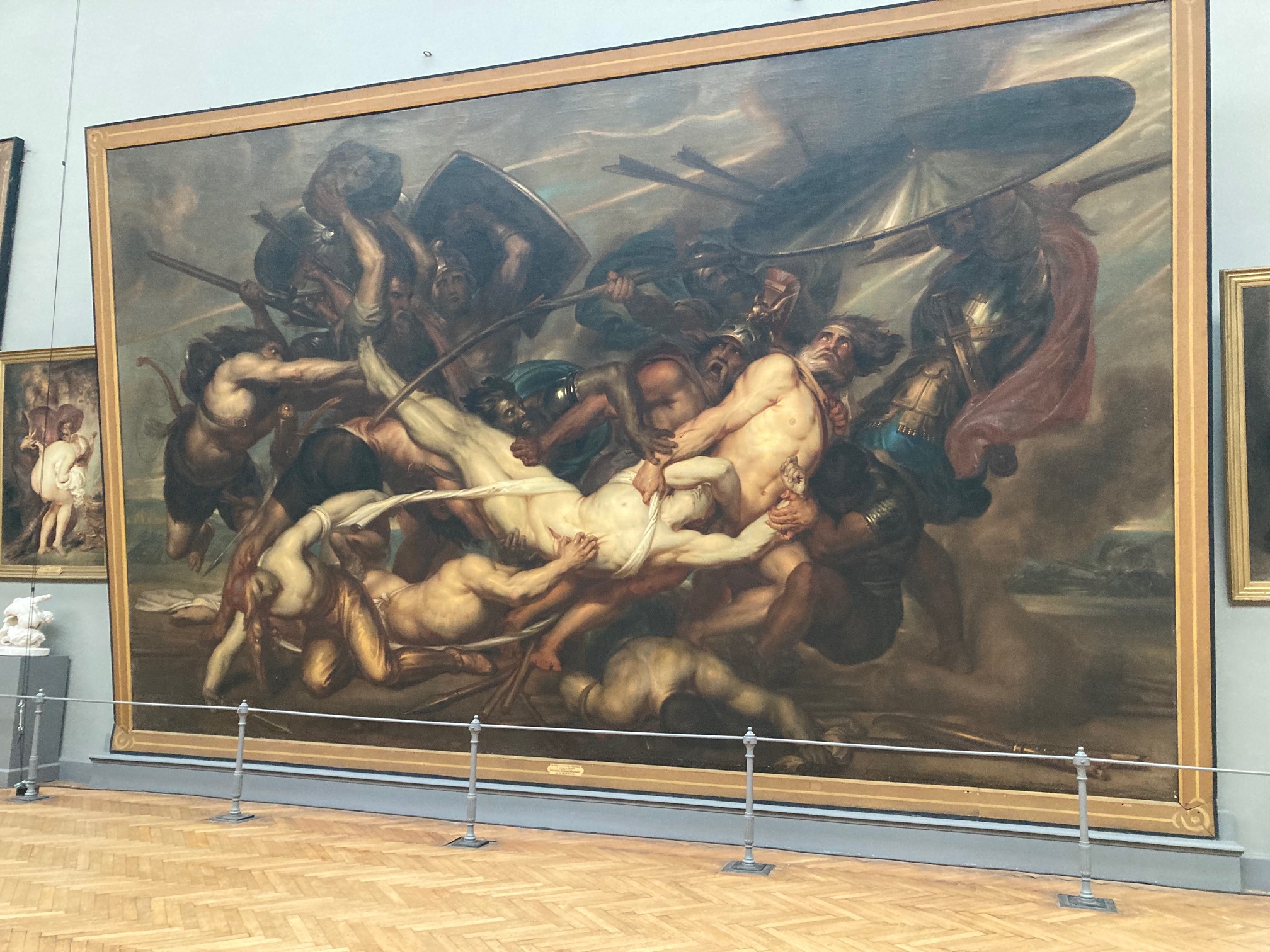The revival of historical styles often functions as an aestheticisation of the past, obscuring the ideological structures that underpin their emergence. These style references, rather than engaging critically with historical conditions, frequently operate as instruments of nostalgia, perpetuating narratives of violence under the guise of cultural refinement.
On 25-26 January 2024, MIARD second year students went to Brussels, to unpack the often-overlooked colonial underpinnings of Art Nouveau and its entanglement with Belgium’s imperial past. Brussels, as we see it today, is largely shaped by Leopold II’s Belle Époque vision, fueled by wealth extracted from the Congo Free State. While Art Nouveau is often celebrated for its innovation and elegance, it’s becoming was deeply tied to this colonial economy. Our visit examined how figures like Victor Horta, a pioneer of the movement, were enmeshed in networks that benefited from imperial exploitation. Our itinerary included key Art Nouveau landmarks like the Horta Museum and Waucquez department store, juxtaposing these with Neo-Renaissance and Neo-Classical styles which were favored for state projects yet equally part of this post-colonial construct.
During our visit to the ‘Old Masters’ exhibition at the Museum of Fine Arts, we unpacked Medieval and Baroque pictorial strategies often used to naturalise political and theological authority. Sometimes they served as a hidden critique.
By meandering these tensions, the trip provided a platform for critical discussion, nurturing reflection on how various representational regimes in art and architecture are often marked by historical amnesia in contemporary Europe.
Organized by Ephraim Joris with Alex Augusto Suarez

